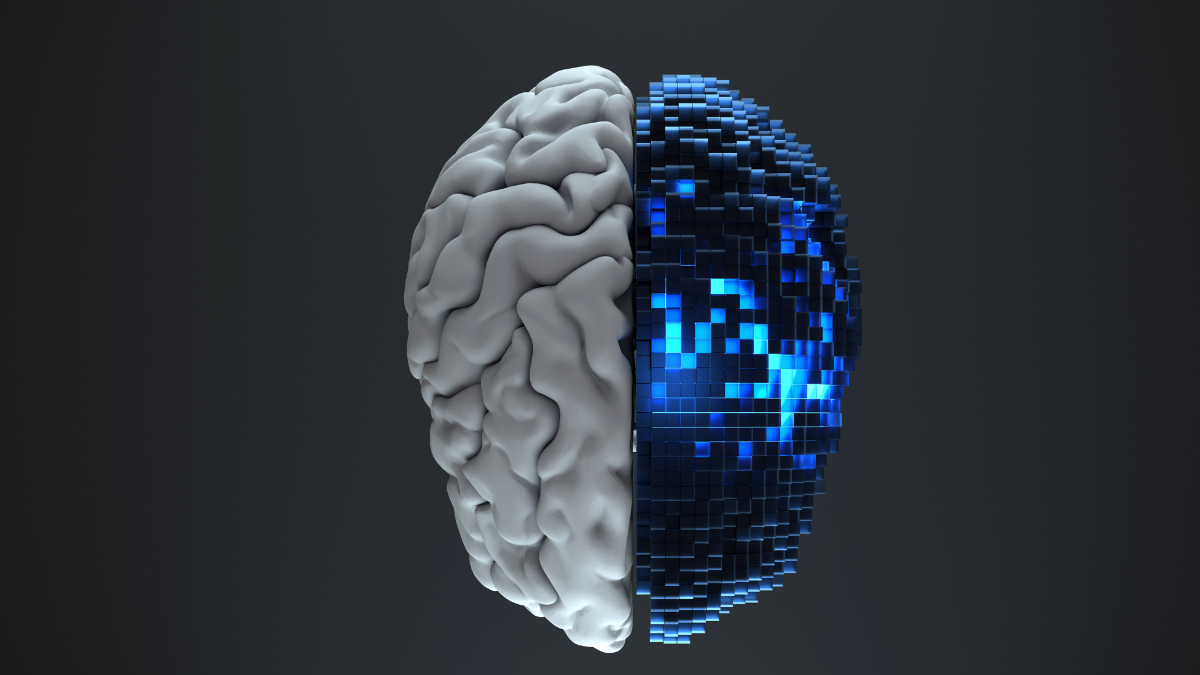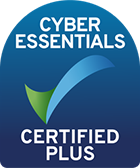What is remote patient monitoring?
Remote patient monitoring has turned into a popular buzzword as of late. It makes sense given the recent tele-health revolution ever since COVID hit and it feels strange to have to physically see doctors now. Most of the primary appointments can be done virtually and that has reduced overall healthcare costs but also increased the demand for remote patient monitoring tools. Vastmindz is generally considered a remote patient monitoring tool because it is non-invasive and can capture physiological information remotely. So it’s the same as a wearable device? Not quite – Vastmindz’s solution does not require a physical device and can capture information merely by using a video of an individual’s face.
Given that this is still a relatively new method of capturing physiological information, at Vastmindz, we put significant emphasis on measuring the efficacy of our methods compared to the gold standard. And this is why we’re happy to announce our latest publication which is available to view on PubMed. In a clinical study, Vastmindz’s rPPG technology was evaluated against medical devices in a variety of subjects with a range of ages, heights, weights, and baseline vital signs. The results of the study showed that the rPPG technology was able to accurately estimate heart rate, respiratory rate, and oxygen saturation within a mean error of ±3 units, as well as accurately measure systolic and diastolic blood pressure with a mean error of ±10 mmHg. These findings suggest that Vastmindz’s rPPG technology is a reliable and convenient option for users looking to monitor their general health and wellness.
However, do we have plans & ambitions to move into use-cases within critical care settings, such as ICUs and operating rooms. To give you an idea of the FDA’s requirements for such devices to be used in critical care settings, here are the general accuracy requirements:
- Heart rate: ±2% or ±2 bpm
- Blood pressure: ±3 mmHg
- Respiratory rate: ±2 breaths per minute
- Oxygen saturation: ±2%
Our device’s error rates aren’t too far off this criteria for all parameters apart from blood pressure, however it’s important to note that these are general guidelines and may not apply to all software medical devices. The FDA may also impose additional accuracy criteria depending on the specific device and its intended use.
The development so far goes to show that we’re heading towards a new paradigm where the cost of remotely monitoring patients will continue to decrease, thereby democratising the ability for anyone to gain insights into their own health data and ultimately generate net positive economic outcomes for the global healthcare system.
Read our full paper on PubMed: https://pubmed.ncbi.nlm.nih.gov/36540478/

Author:
Nikhil Sehgal
Improving health & wellbeing with AI | Founder/CEO @ Vastmindz | Forbes 30 Under 30


